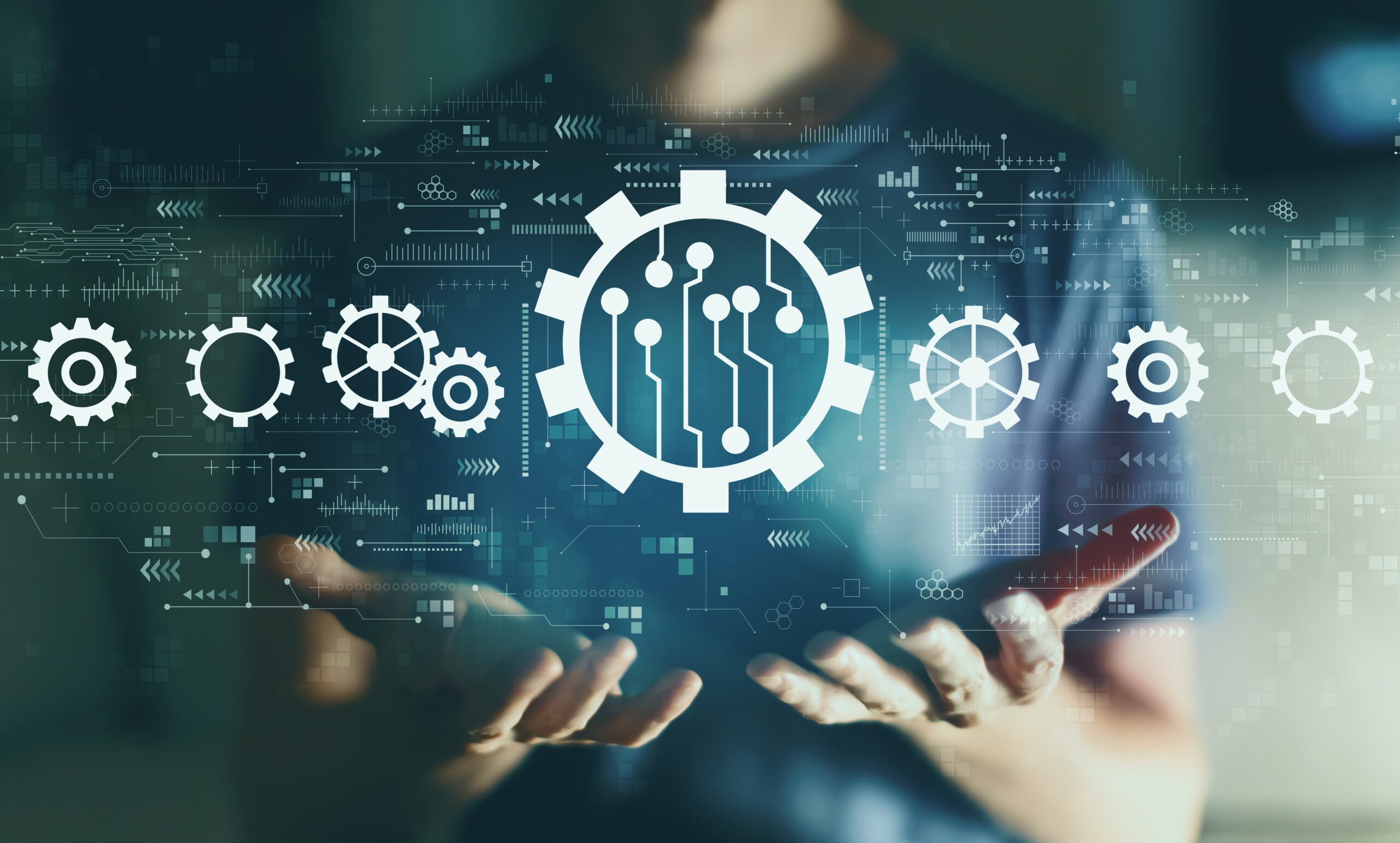The real estate industry is evolving faster than ever, and one of the driving forces behind this transformation is technology. As cities grow and lifestyles change, the demand for smarter, more connected spaces continues to rise. In my experience as a developer, I have seen firsthand how the integration of the Internet of Things (IoT) and automation can completely reshape the way we design, build, and manage properties. Smart infrastructure is no longer a futuristic concept; it is quickly becoming the foundation of modern property development.
Understanding Smart Infrastructure
At its core, smart infrastructure combines physical structures with digital technologies to create spaces that are more efficient, sustainable, and responsive. IoT plays a crucial role in this by enabling devices and systems to communicate with each other. From temperature control and lighting to security and energy management, connected systems allow buildings to operate intelligently and adapt to user needs in real time.
For example, a smart building can automatically adjust lighting based on natural daylight levels or reduce air conditioning when rooms are unoccupied. These are not just conveniences; they directly contribute to energy efficiency, cost savings, and environmental sustainability. What makes smart infrastructure powerful is that it creates a feedback loop—data from sensors and devices informs better decisions, improving both the user experience and the building’s long-term performance.
The Role of Automation in Development
Automation takes the benefits of IoT a step further by using artificial intelligence and machine learning to make predictive and autonomous decisions. In property development, this can start as early as the construction phase. Automated project management tools track progress, predict delays, and optimize resource allocation. On-site technologies such as drones and robotics are also being used to enhance safety, speed, and precision during construction.
Once a property is complete, automation continues to add value. In residential and commercial buildings, automated systems manage heating, cooling, lighting, and water usage with minimal human intervention. These systems not only reduce operational costs but also enhance comfort and convenience for residents and tenants. For developers, automation presents a unique opportunity to differentiate projects and meet growing consumer expectations for efficiency and sustainability.
Smart Cities and the Future of Urban Living
The integration of IoT and automation is not limited to individual buildings—it extends to entire cities. Around the world, urban planners are leveraging smart infrastructure to improve mobility, reduce congestion, and make better use of public resources. From intelligent traffic management systems to smart grids and connected public transportation, cities are becoming more responsive and adaptive to the needs of their citizens.
As developers, our role is to align our projects with these broader smart city initiatives. This involves working closely with municipalities and technology partners to ensure that our developments contribute to the larger ecosystem. For example, integrating renewable energy sources, electric vehicle charging stations, and advanced waste management systems not only benefits residents but also supports the city’s sustainability goals.
Meeting Changing Consumer Expectations
Today’s buyers and tenants expect more from their properties. They want homes and offices that are safe, connected, and easy to manage. Smart technologies like remote security systems, smart thermostats, and app-based building management tools have become essential features rather than luxury add-ons.
As I see it, this shift is not just about convenience—it reflects a deeper change in how people interact with their environments. The modern consumer values transparency, control, and personalization. By integrating IoT and automation, developers can deliver properties that respond to these expectations. A smart home that learns a resident’s daily routine and adjusts accordingly, or an office that monitors air quality and lighting to improve employee well-being, are examples of how technology is redefining quality of life.
The Benefits for Developers and Investors
From a business perspective, smart infrastructure offers strong long-term value. Properties equipped with intelligent systems often command higher prices, attract tech-savvy buyers, and experience lower operating costs. Investors are also increasingly drawn to smart developments because they offer greater resilience and adaptability in a changing market.
Moreover, smart technologies generate valuable data that can be used to optimize future projects. For developers, access to data insights—such as how residents use shared spaces or energy consumption patterns—helps refine design and improve efficiency. In the long run, this data-driven approach leads to better decision-making, more sustainable projects, and stronger investor confidence.
Overcoming Implementation Challenges
While the potential of smart infrastructure is enormous, integrating IoT and automation into developments requires careful planning and collaboration. One of the biggest challenges is interoperability—ensuring that different systems and devices can communicate effectively. Cybersecurity is another major consideration, as the more connected a property is, the more it must be protected against potential threats.
Cost is also a factor, particularly for large-scale projects. However, I have found that the long-term benefits often outweigh the upfront investment. By working with experienced technology partners and incorporating smart solutions early in the design process, developers can achieve both efficiency and scalability.
Looking Ahead
The integration of IoT and automation in property development represents the next frontier of real estate innovation. It is about creating living and working environments that are not only functional but also intelligent and sustainable. As technology continues to evolve, we can expect even greater advancements in predictive maintenance, energy optimization, and user experience design.
For me, the most exciting part of this transformation is its potential to make cities more livable and inclusive. Smart infrastructure allows us to build developments that are adaptable, environmentally responsible, and connected to the broader community. It reflects a future where technology enhances human experience rather than complicates it.
As developers, embracing smart infrastructure is not just an option, it is a responsibility. It allows us to meet modern demands, anticipate future trends, and contribute to building smarter, more sustainable cities for generations to come.
